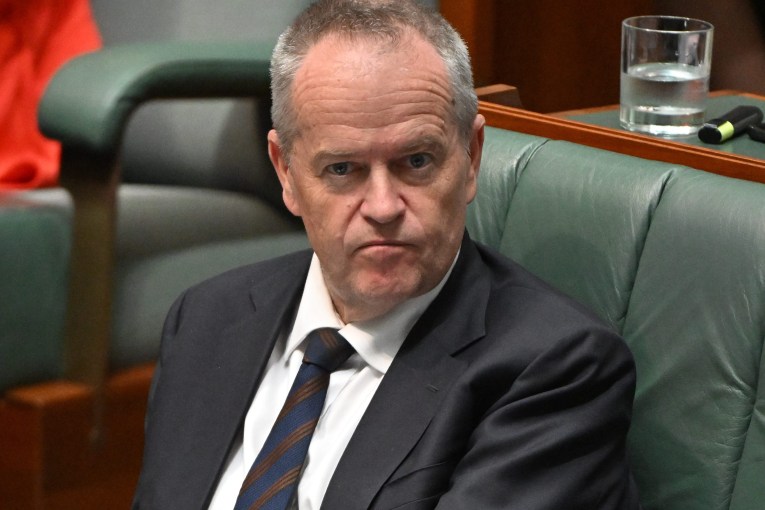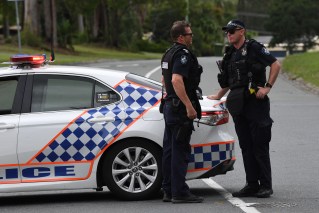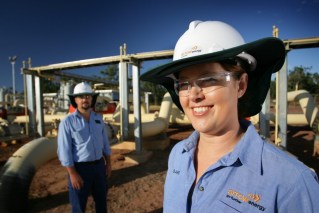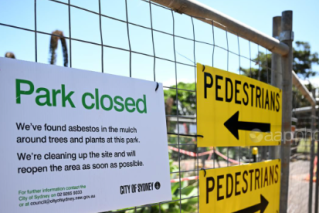From dams to damnation: Why Palaszczuk can’t escape trouble in Paradise
Water woes confronting the Palaszczuk Government over its dodgy Paradise Dam won’t evaporate any time soon. Brad Cooper investigates

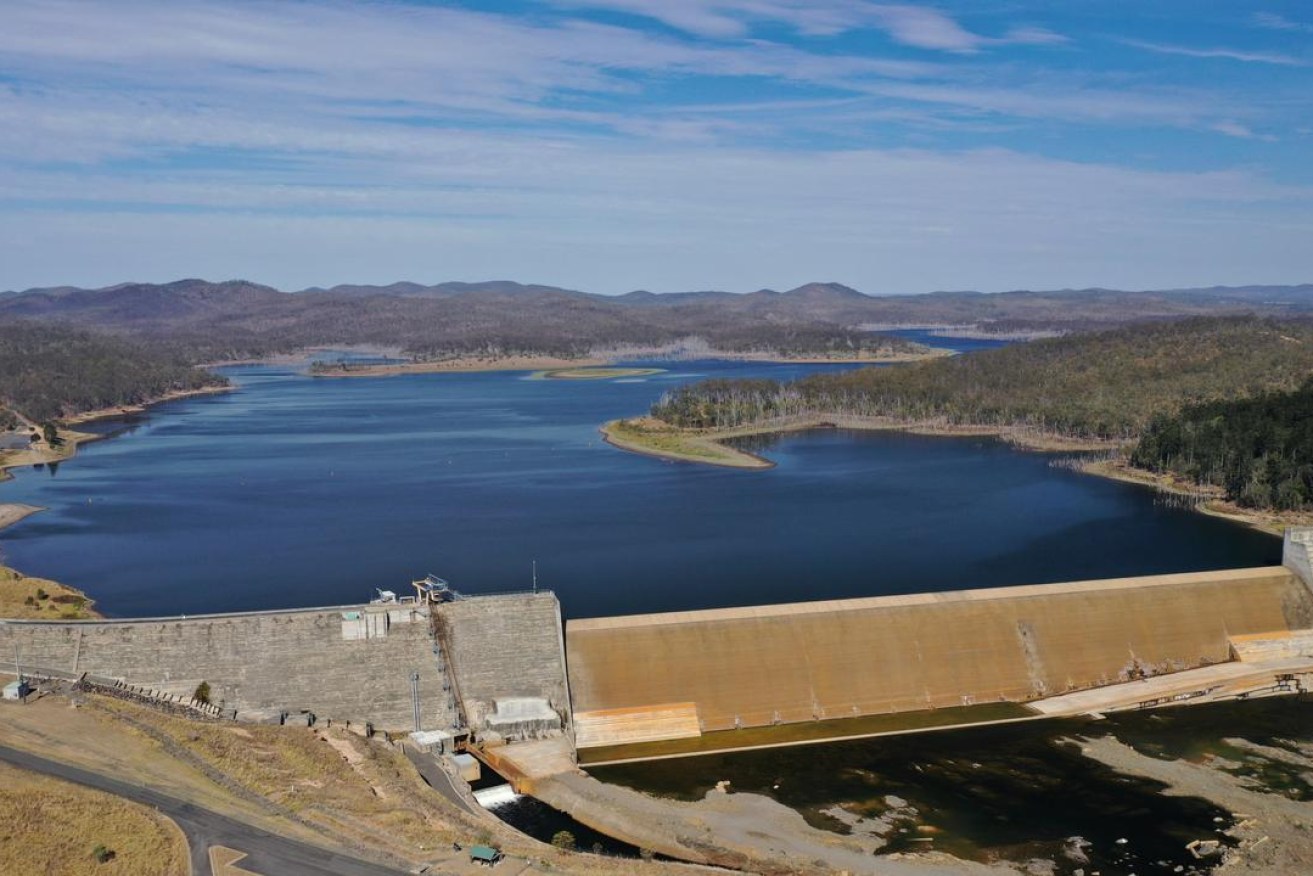
Paradise Dam, near Bundaberg.
Incendiary politics comes with the territory of building dams.
Even when the case is water-tight for their construction there’s sure to be fierce debate among nearly every strata of the community following in their wake.
They are notoriously fraught with risk in proposing them, building them and then maintaining them to ensure they deliver what the hydrologists and engineers promise, while remaining safe structures for surrounding communities to live near.
Little wonder democratically elected governments with eyes forever on opinion polls are reluctant to go anywhere near them.
Long criticised by farmers and the LNP for not building enough dams, on the presumption of upsetting the environment lobby, Labor in Queensland could always point to the construction of Paradise Dam in 2005.
At the time, while the state was in the grip of drought and dams were drying up around the nation, its commissioning was the centrepiece of the Beattie government’s water infrastructure development program.
It was a heady time for dam builders. Two other dam proposals were floated by then Premier Peter Beattie in 2006 – Tilley’s Bridge at Rathdowney and Traveston in the Mary Valley near Gympie.
They were both eventually canned – decisions that are celebrated in both communities to this day.
Only Wyaralong Dam near Beaudesert, also proposed by Beattie in 2006 ultimately saw the light of day, although not without its problems – namely long delays in connecting it to the water grid because its water was too highly mineralised.
Desalination, turning salty water into fresh water, would have been the cheaper option.
The Wyaralong dramas pale in comparison with the headaches now in front of Premier Annastacia Palaszczuk, whose father Henry was Labor’s Natural Resources Minister when Paradise Dam was opened 15 years ago.
So, what’s wrong with Paradise Dam?
It’s one of those ironic twists of history that a dam – proposed during one of Australia’s worst droughts – and built to provide supplementary water in times of shortage – should be undermined by a “once-in-a-century” rain event.
But that’s exactly what occurred when a rain depression from ex-tropical cyclone Oswald careened into the Wide Bay-Burnett region in January 2013, dumping 484mm of rain in four days that destroyed houses and key infrastructure, caused the evacuation of 7500 Bundaberg residents and racked up damages in the order of $2.4 billion.
Oswald’s rain remnants also sent some 2.5 million megalitres of water over the Paradise Dam spillway. The dam held firm under the massive volume of water, but it did expose serious structural flaws embedded in the materials used by the original contractor during its construction.
A 563-page Commission of Inquiry Report tabled in Parliament last week by Natural Resources Minister Anthony Lynham concluded that another severe storm in the vicinity of Oswald’s magnitude may cause the dam to fail.
Engineers in other reports have used words like “overturned”, “undermined” and “scoured out” to explain what a dam failure looks like.
When full, Paradise Dam holds 300,000 million litres of water. To the surrounding residents near the dam, that would look like an inland tsunami, a catastrophic event, which the Commission suggests was only narrowly averted in 2013.
“The Commission heard evidence about a litany of issues with the design and construction, some of which were ultimately found to be root causes of the present-day structural and stability concerns,” Lynham said.
“Evidence before the Commission, suggested that if the 2013 floods had lasted longer, the erosion due to the insufficient downstream protection may have undermined the dam giving rise to a risk of a dam failure.”
Based on the Commission’s findings, Paradise Dam’s flaws are embedded in its DNA. As Lynham continued:
“The Commission found that the design of the primary spillway apron is completely inadequate. It’s simply not wide enough.”
Not only were there design weaknesses, but building materials were also sub-standard, such as the concrete mix and the segregation, density, compaction and the cleaning and curing of the surface of roller-compacted concrete layers during construction, also known as “lift” joints.
Strong lift joints are integral to a dam’s overall stability. To compound matters, a quality assurance tool used during construction, only masked, rather than highlighted the structure’s deficiencies, the report documented.
Opposition Leader Deb Frecklington has seized on the Commission’s report, slamming the former Labor government for failing in its basic responsibility to ensure a proper and adequate build.
“The report highlights issues around the project’s management, materials and methods which make for sobering reading,” she said.
“The lack of proper peer revision was cited as a major example of the failed construction process. The construction project was flawed from the top down.
“The buck stops with former Premier Peter Beattie and the former Labor Government that rushed the construction and cut corners to save time and money.”
Labor’s quick fix
Aligning with Lynham’s view that community safety should be the government’s highest priority, works started this week to lower the dam wall by 5.8 metres as an immediate risk-reduction strategy.
The first step in Labor’s bid to reinforce the dam, at an estimated cost of $100 million, has been at the centre of a huge backlash from local farmers, business leaders and community members towards the government’s water manager Sunwater.
In order to provide a ‘dry area’ to complete the works and stabilise the dam before the next summer wet season in 2021, engineers have had to lower the dam’s capacity to 42 per cent from the current 57 per cent held in storage.
Both the cost of the project and the reduced capacity, have farmers and local industry deeply worried there won’t be enough water in the future to irrigate their crops, especially if the region goes through another long dry spell and the dam receives little in-flow.
After months of talk, growers in the district have pooled funds to launch legal action in the Supreme Court against the Queensland Government and Sunwater in a bid to stop the works now under way.
Set for a direction hearing in Brisbane today (May 29), the growers’ action, represented by local solicitor Tom Marland of Marland Law along with barristers Douglas Campbell QC, Justin Byrne and Matthew Donovan, will argue the decision has been based on inadequate testing and a flawed dam safety methodology.
“The risks to public safety have been overstated as the dam is only at risk in a 2013 flood event and areas that may be at risk, in the highly unlikely event that the dam fails, will already be evacuated under existing emergency procedures,” Marland said.
“At a time when we should be doing all we can to improve water and food security, the Government and Sunwater are doing all they can to hinder a critical piece of infrastructure that can be fixed without extreme, expensive and unnecessary reduction works.
“We are seeking an injunction against Sunwater from lowering the dam wall and seeking a judicial review of the Government’s decision to amend the safety conditions for the dam.
“There is no need to lower the dam wall to undertake the required testing. The $100 million allocated to unnecessarily lower the dam wall should be spent on undertaking a full testing program and also spent on actually fixing the dam to maintain full supply levels.”
Alternative options
As part of their opposition to the Government’s plan, based on a risk assessment they say has been “sensationalised and overstated”, Bundaberg farmers engaged international dam expert Dr Paul Rizzo, of Rizzo International, to review the testing and methodology applied to assess the safety of Paradise Dam.
“Dr Rizzo who is an internationally respected dam engineer and who remediates dams all over the world has concluded that there has been an alarmist atmosphere around Paradise Dam and it can be remediated for a fraction of the cost the Government is spending to lower the dam wall,” Marland said.
“The recently released Commission of Inquiry Report into Paradise Dam has concluded that the dam is safe up to a 2013 type flood. It has also concluded that until further testing has been done the stability of the dam is unable to be confirmed.”
Sunwater’s response
SunWater chairman Leith Boully wrote in an opinion piece last month that the sub-par lift joints were only a third of the dam’s problems.
As her organisation publicly disclosed last November, there are two other significant issues with the dam: the foundations under the secondary spillway and the risk of further erosion and scour downstream of, and under, the dam’s apron (the one described by Lynham as being too skinny).
“For Sunwater to remediate the dam, we need to address all three failure risks,” Boully wrote.
Further assessment of the dam’s known faults and other possible fissures lurking beneath the concrete will be conducted by the Government’s infrastructure advisory body Building Queensland while the first phase of the dam wall lowering is completed.
Building Queensland’s final report is not expected until next year, which means the Palaszczuk Government will be campaigning in the upcoming October State election with the failing structure still unresolved.
If Labor can’t build a dam how can they run a state, or some version of it, will be a predictable line from an LNP Opposition pushing its credentials as the competent manager of statewide business, not just sectional interests in the electorates around southeast Queensland.
Economic cost
In the salad-bowl rich region of Bundaberg, with its mix of sugar cane, vegetable crops and flourishing macadamia nut trees, the business of farming relies on the security of Paradise Dam.
A locally commissioned report prepared by Brisbane consultants Adept Economics documents that three in every four growers and three in every five non-irrigated businesses have made investments contingent upon the availability of water from Paradise Dam.
Over $510 million of investments made since the Paradise Dam became operational were identified as part of the survey on land, buildings, equipment and additional hectares of crops planted, the report said.
Thirty-three growers identified 13 investments greater than $1 million and ten growers identified investments greater than $10 million.
The same study concluded that the local economy would take a $2.5 billion hit over 30 years based on Sunwater lowering the dam wall by 10 metres.
Sunwater customer relations manager Cameron Milliner told InQueensland that growers in the district could still invest in their businesses with confidence.
He said scrapping the dam was not an option, and should repairs require a further lowering of the dam wall to 10 metres, thereby reducing dam capacity, water allocations will be drawn from the district’s five other storages.
“Ultimately government will make the final decision on what needs to be done with the dam long term, but in the short term we’ve implemented a risk-reduction strategy,” he said.
“There are essentially three options under consideration: lowering the wall 5.8 metres and that becomes the new level, building the wall back up to reach its original storage height, or lowering the wall 10 metres, at which point alternative water sources would be required to ensure that supply meets demand.”
Milliner said allocations for the current water year were secure, with final allocations for the next water year, starting July 1, still to be determined.
Sunwater documents also show that users of Paradise Dam only take a fraction of the water available, leading some within Government to suggest that worries about water scarcity are unfounded.
The Adept Economics report cited several reasons for the low uptake, but one of the key factors is the number of macadamia nut trees still in their infancy, which will require more water as they continue to grow.
Marland told InQueensland that some growers are already shifting out of high value, high-water-use crops in anticipation of a drop in supply and the uncertainty ahead.
He said lower value crops mean fewer dollars back to the farmer, which has a ripple effect across the broader local economy.
For local farmer Michael McMahon, the next few years are a nervous wait to see if the Government and Sunwater will make good on their promise to fix the dam and deliver water certainty to the district.
McMahon, who moved to the Bundaberg-Childers district with his family from the Darling Downs in 2003, attracted by better water access, is in the process of planting his first 250 hectares of macadamia nut trees after getting out of citrus in 2016.
After ordering his saplings from a supplier two years ago, it will be another three years before he’s likely to receive an income from a harvested crop. He said he, and other growers like him, want the confidence the water will be available when their businesses expand.
“I’m just not buying their argument that the wall will stop at 5.8 metres,” he said.
“I really do believe our water security is under threat and I don’t know what the future holds.”
